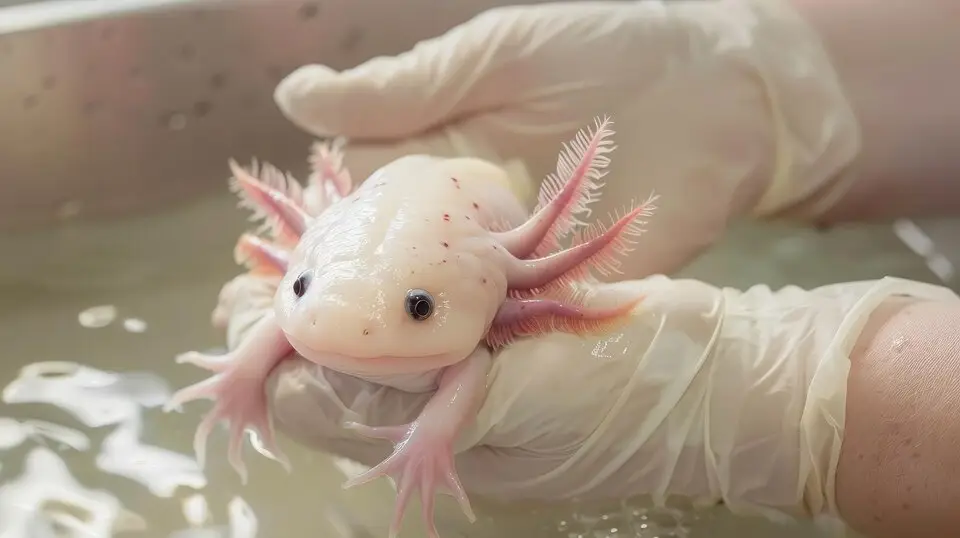
TOPICS COVERED
ToggleLearn about Why Are Axolotls Endangered. Discover why axolotls are endangered and what factors contribute to their declining population. Learn about their habitat, threats, and conservation efforts in this comprehensive guide.
Introduction to Axolotls
Axolotlss a kind of salamander which don’t complete their transformation from young to adults genome-wise in their entire life that partakes such a state as neoteny. The fact that it is something different makes it so unique, they keep on living in water and gills all through their lifespan. Axolotls are one of the cute species, identified not only for cuteness but also for being a species with extraordinary regenerative ability that can grow back limbs and other body parts.
Natural Habitat of Axolotls
Axolotls make their homes naturally in the intricate aquatic ecosystems of Lake Xochimilco and Lake Chalco. In these lakes, there are numerous plants and fresh, cool water which is good for them. Nevertheless, these lakes face strong threats that have greatly affected the survival of axolotls.
Why Are Axolotls Endangered?
Habitat Loss Threatens Axolotls’ Homes
Xochimilco, close to Mexico City, is where axolotls are initially from. During urbanization, many lakes were drained or polluted to make way for the expanding city, thus significantly reducing their natural habitat. This restricts the axolotl’s capacity to forage for food, reproduce, and escape from predators since water bodies that remain have been fragmented.
It is difficult for axolotls to adapt to new environments due to their unique environmental requirements. Population decline is one of the main threats to their survival since with the reduction of their habitat they also face a decline in numbers. Mainly concentrated on restoring these water bodies, conservation actions face great peril due to the constant growth of cities.
Water Pollution Endangers the Axolotl
The water quality in Xochimilco, which is the axolotl’s original environment, has been declining because of a lack of treatment for wastewater, agricultural run-off, and industrial effluents. These contaminants alter the fragile equilibrium of nature by lowering oxygen concentrations and releasing poisons that are dangerous to axolotls. Consequently, they become more vulnerable to illnesses and viruses since their immune systems do not function well enough owing to polluted water.
Moreover, they can adversely affect their population growth rates, thus making it even lower. Minor pollution triggers very serious effects on the axolotl because it is a creature dependent on pure, well-aerated waters. For this reason, measures towards cleansing and re-establishing these bodies of water are vital in ensuring the continued existence of the species.
Invasive Species Challenge the Axolotl
The axolotl is significantly threatened by invasive species such as tilapia and carp, which were introduced for fishing purposes. Axolotls and these non-native fishes compete for small water creatures that serve as their food, besides the fact that young axolotls can also fall victim to them. Thus, competition and predation have led to the decline of axolotl populations which has compromised their survival rates in natural habitats.
The arrival of these non-native species has transformed the ecology as well, increasing pressure on the axolotl’s already compromised habitat. Therefore, controlling invasive species should be part of conservation strategies so that a more proper environment is formed which allows axolotls to survive with less competition.
Conservation Efforts
- Habitat Restoration: Efforts to restore and rehabilitate the Xochimilco lake system are in progress. These projects concentrate on pollution reduction, the reintroduction of Indigenous plant species, and the establishment of protected habitats for axolotls.
- Breeding Programs: The purpose for developing captive breeding programs is to assist in stabilizing the axolotl populations. These programs are intended to breed more of these creatures with the intent of reintroducing them into their natural environment eventually. Previous breeding success has been noted but it is important to maintain genetic diversity at all times.
- Legal Protection: Legal measures There are legal steps taken for protecting axolotls from exploitation. The axolotl is a critically endangered species in Mexico, and international trade is prohibited in such species.
- Public Awareness: It is important to enlighten people about the situation of axolotls so as to promote their conservation. By means of educational campaigns and outreach programs, the masses learn the significance of conserving this distinct species alongside its environment.
8 Fascinating Facts About the Axolotl
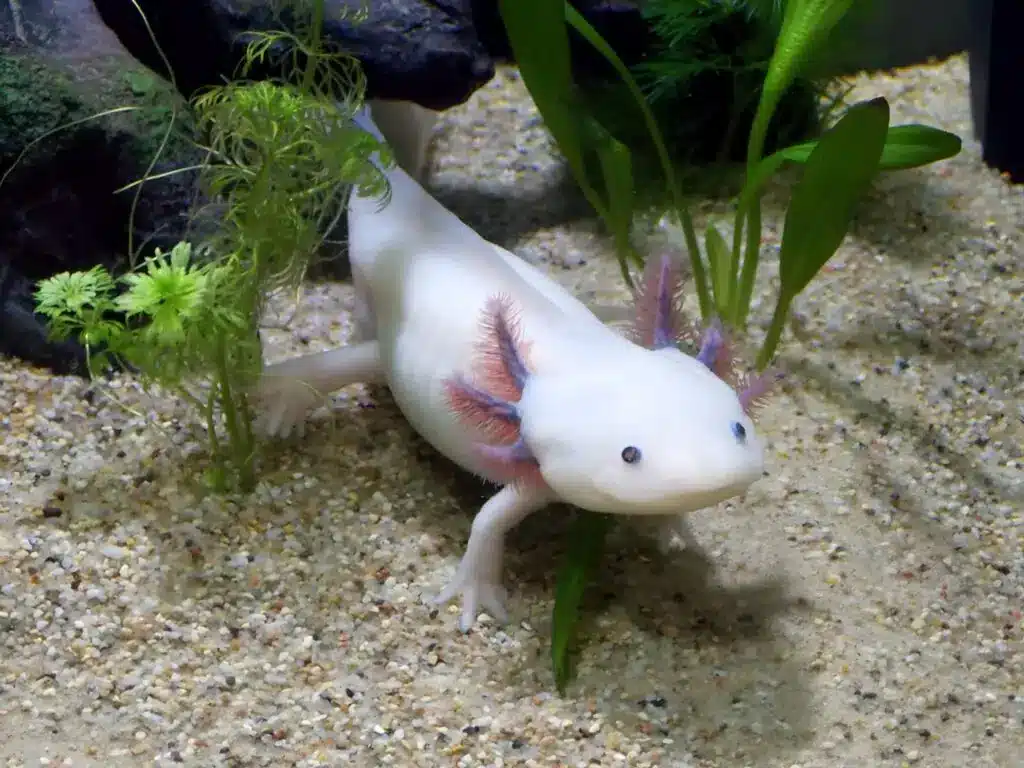
1. Axolotls Look Like Babies for Their Entire Lives
Axolotls belong to one kind of amphibian that never loses its larval qualities till death as it is called neoteny because of this the other amphibians undergo metamorphosis. Their external gills remain with them throughout life hence they look like babies forever. This implies that they do not metamorphose into adult shapes characteristic of other amphibians, forever keeping their childish appearance.
2. They Are Native to One Place in the World
In their indigenous habitat, such threats have restricted their range and made them vulnerable to extinction due to environmental challenges like habitat destruction and contamination.
A disastrous amalgamation of ecological dangers like pollution and conservation area eradication has limited the scope of this species even more, making it susceptible to extinction in its native ecosystem.
3. They Are Carnivorous
Carnivorous axolotls have a diet that consists of small aquatic creatures. In the wild, they eat worms, insects, and minnow-like fish. In tanks where they are kept as pets; however, they are fed with live or frost-bitten blood worms alongside earthworms as well as tiny pellets. This is important for their survival because they have an essentially predatory existence which entirely depends on the continuous source of proteins to remain healthy.
4. They Come in a Variety of Color Patterns
Axolotls show off an interesting collection of various colors; these include wild type which is dark but has markings; albino that appears purely white showing pink gills; leucistic which is pale colored with distinctive pink gills among others like golden albinos and blue ones as well. Due to selective breeding and natural genetic diversity, the axolotls have evolved into unique animals with different colors.
5. They Can Regenerate Body Parts
One of the most unique characteristics that confer axolotls with their edge is their ability for regeneration. Whole limbs, spinal cords, heart muscles, and some parts of the brain can all be regenerated by axolotls. With such an extraordinary talent for tissue restoration, axolotls make for a great object of study in terms of future medical tissue cloning capabilities and healing processes.
6. They Have a Large Genome
Axolotls have a particularly huge genome when compared with other vertebrates. The total size of their genome is approximately 32 billion base pairs, which is roughly ten times larger than that of humans. The broad genetic composition affords them regenerative capabilities as well as giving scientists ample materials to use in studying genetics and growth.
7. Their Courtship Rituals Involve Dancing
Courtship procedures for axolotls offer a fascinating insight into what can be interpreted as “dance.” The male does this by executing certain moves in succession during mating which are characterized by wiggling and swaying. Such habits are incorporated into their intricate marriage proposals which help draw the attention of females and facilitate their reproductive success.
8. They Are Critically Endangered
A combination of habitat destruction, water body contamination, alien species introduction, and climate variation are reasons why axolotls are critically endangered. The Xochimilco lake system that they were originally found in has been affected adversely by urbanization and pollution leading to drastic population decrease. While environmental conservation work is in progress, this type of organism continues to face serious threats.
FAQs
Are there any conservation efforts in place to help axolotls?
Indeed, restoration of habitats, captive breeding programs, pollution management, and public enlightenment are all strategies for environmental conservation. Such measures seek to restore natural ecosystems, enhance water quality, rand educe waste generation and harmful emissions thereby creating an informed society that aids in the conservation and recovery of Axolotls.
What can individuals do to help axolotls?
One way to help ensure the survival of these salamanders is spreading awareness, offering their time or money to responsible organizations, or pushing for the protection of axolotl habitat and removal of pollutants. Encouraging ethical pet ownership, besides not releasing non-native species into the wild, will also aid in axolotl and habitat preservation.
Are there any successful examples of axolotl conservation?
Of course, there are many success stories: examples include habitat restoration programs in Xochimilco and captive breeding programs that have been implemented successfully.
In some cases, efforts by organizations and local community groups have even improved water quality, controlled invasive species, and seen captive-bred axolotls begin to be reintroduced into the wild. Such results highlight recovery potential and remind us that the work is hardly complete.
What is being done to control invasive species affecting axolotls?
Yes, conservation efforts involved habitat restoration, captive breeding programs, pollution control, and public education. These are initiatives to rebuild their natural habitats, improve water quality, reduce pollution, and heighten awareness regarding the reason for protecting axolotls.
Are there any conservation efforts aimed at saving axolotls?
Control of invasive species involves monitoring and managing non-indigenous populations in a way that would diminish their effects on axolotls. It may include the removal of invasive fish, restriction of fishing activity, and reintroduction of native species to help restore balance. Efficient management is often crucial in relaxing competition and predation forces on axolotls.
Conclusion
A variety of methods are being utilized to save axolotls from destruction such as habitat restoration, captive breeding, pollution control, public education, and legal protection. Major challenges still exist, however, these coordinated initiatives give hope for the axolotl’s future existence and underscore the region’s unrelenting dedication to their protection. In cooperation with each other, innovative approaches are taken by advocates for the axolotl’s preservation in efforts to restore its natural habitat.

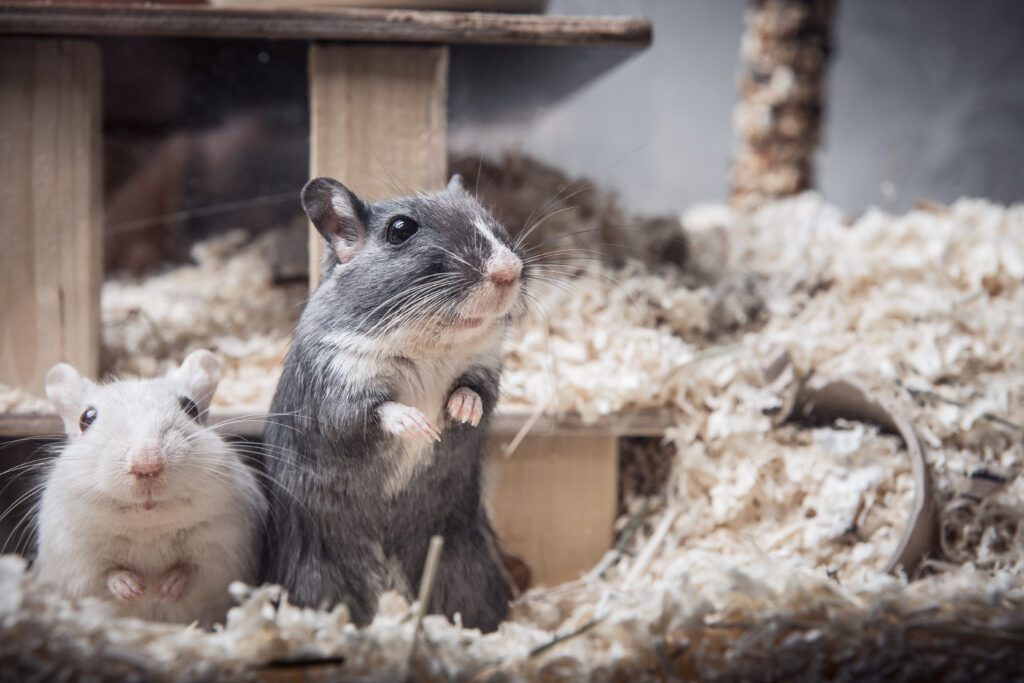
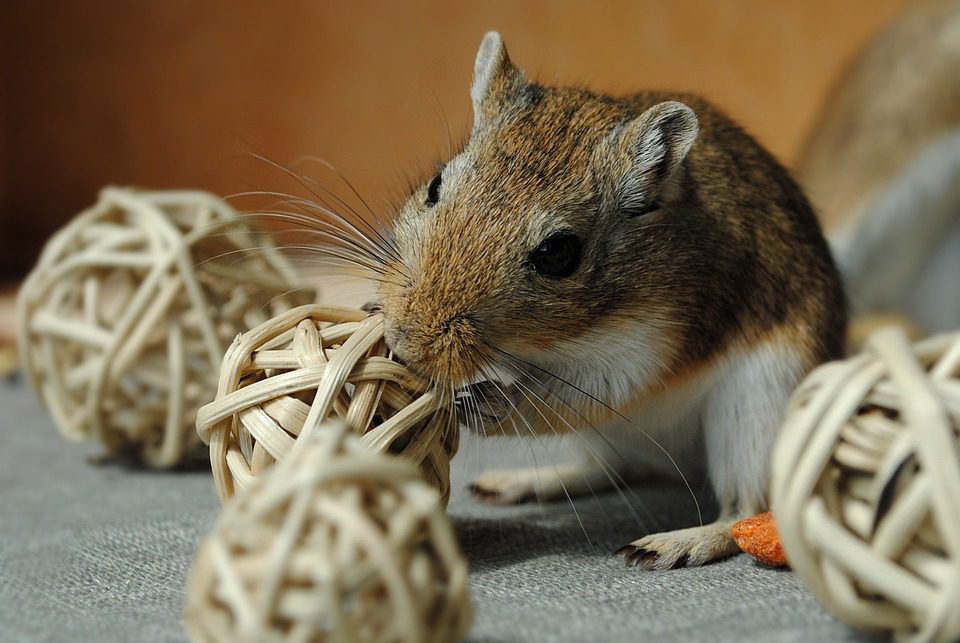
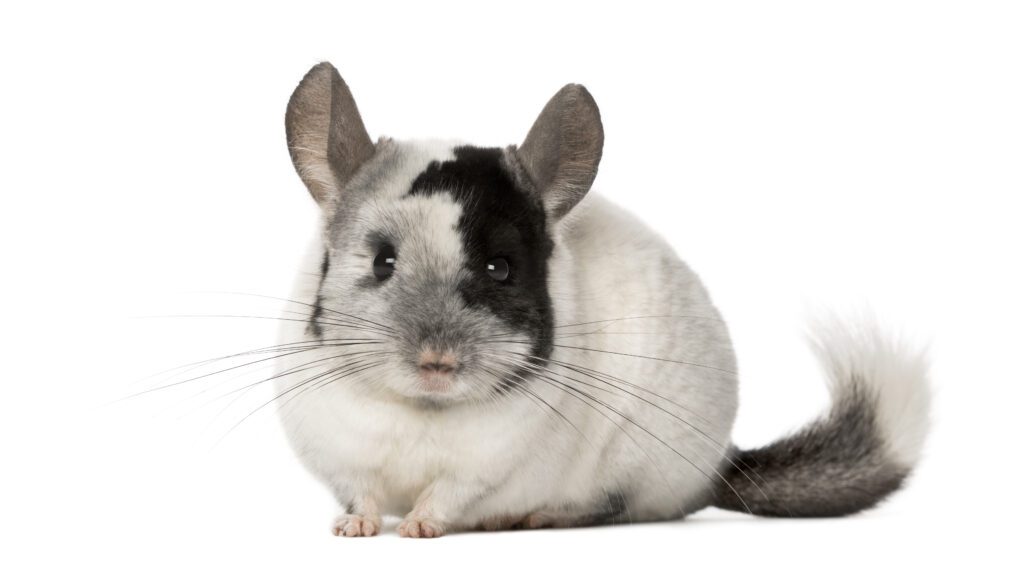
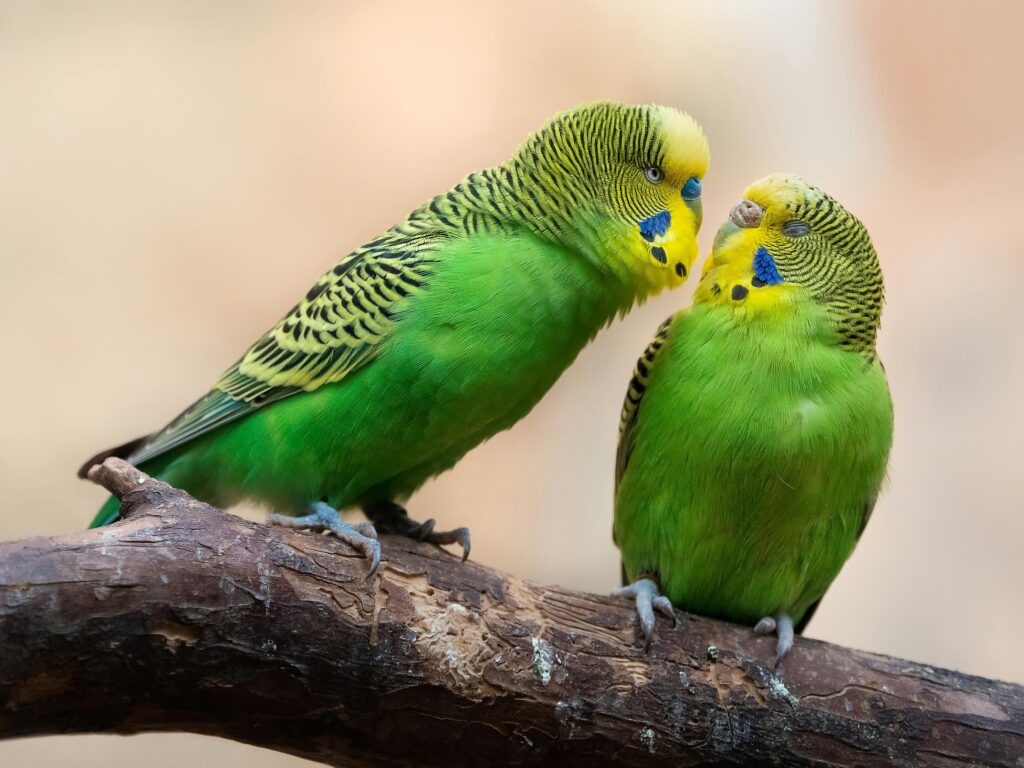
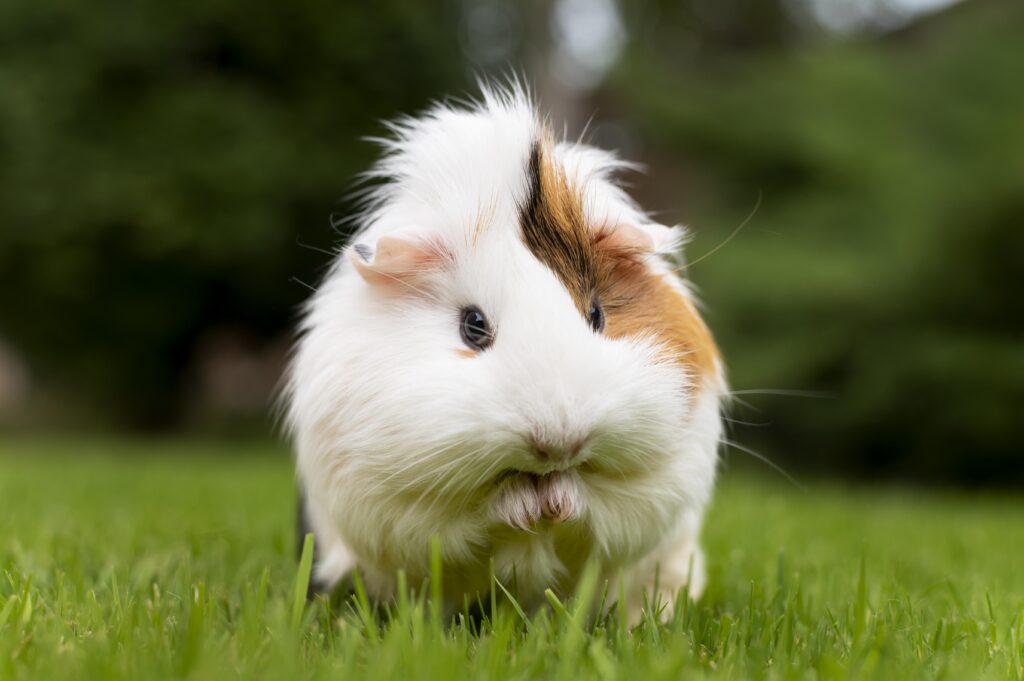


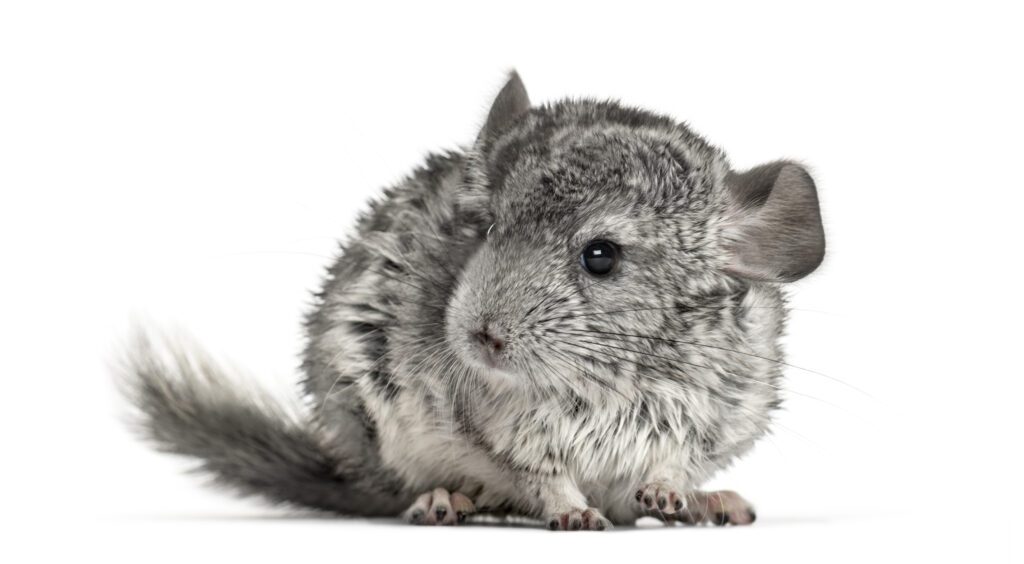
2 Responses